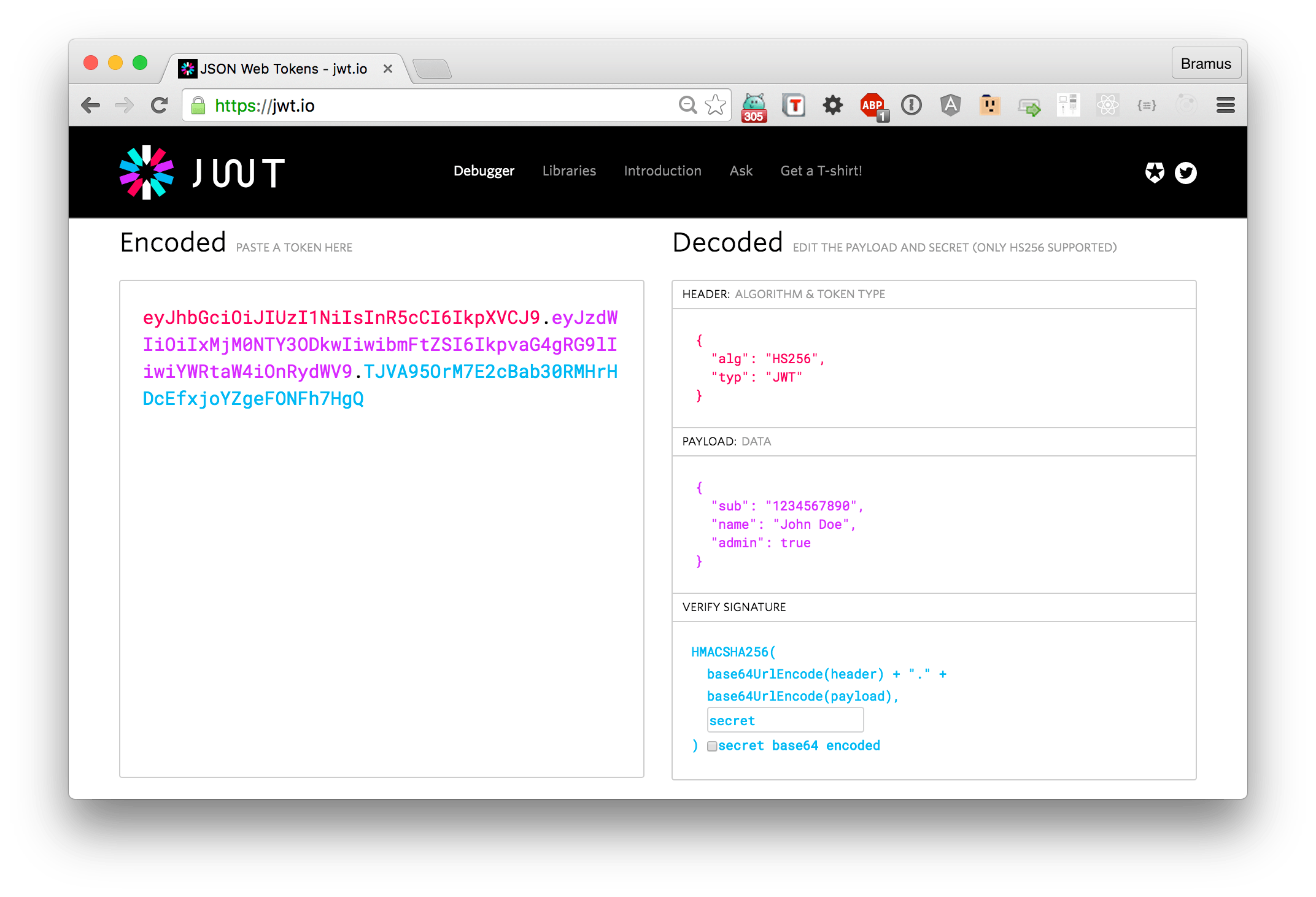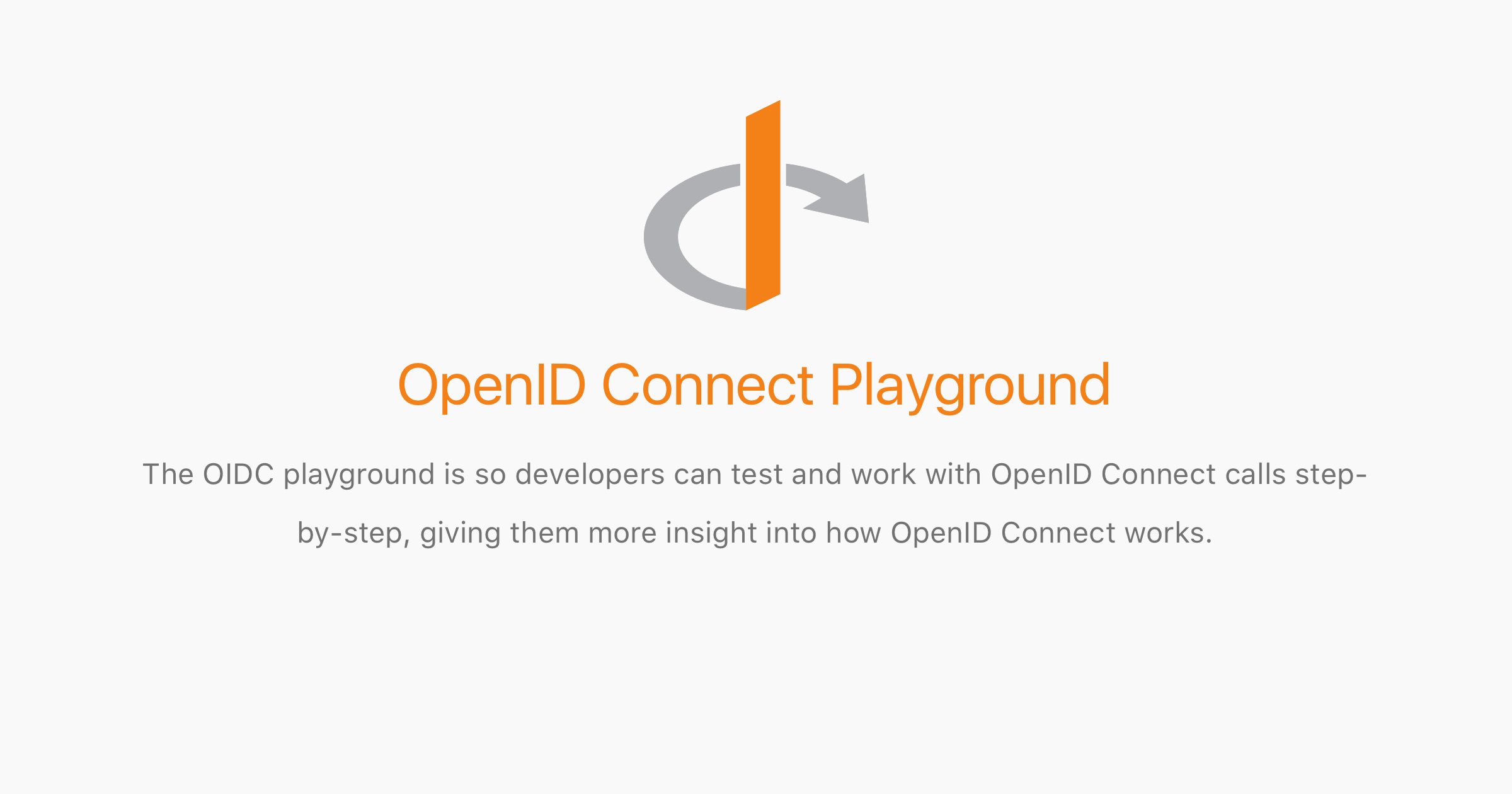The world is changing rapidly. Daily, I see tens of blog posts with clickbait title explaining the “10 tactics to drive leads with your content” or “The 5 things every blog should do for improving SEO”. However, most of those tips or “quick wins” are useless now because of how popular these type of blog posts became. Every marketing leader has read at least hundreds of them.
Every company now has their own blog in which they not only talk about their products, but also adjacent useful things that people in their target market might be interested at. They all have SEO expert who work on “hacking” Google so that their content is within the first results. They all do performance marketing to acquire or retarget people to learn more about their product and their content.
A lot of new privacy laws are starting to show up. GDPR in Europe and the new privacy law that California will put into effect in the near future are just examples of those. This laws make it harder and harder to consistently target the consumer. The theory says that for a person to change and adopt a new product, we need to at least touch them 6-8 times from different mediums. If people now need to consent to be communicated with and they have the right to be forgotten and edit their data, achieving those 6 to 8 touch-points is becoming very hard.
Because of all of this, the consumer now has a lot more power and is demanding much more:
- They’re demanding good educational content or experiences that allows them to learn faster and get more value out of it immediately.
- The noise to signal ratio is really high right now. Consumers need somebody to help them separate the useful information from the noise.
In this article, I’ll talk about the first item above. I’ll go deeper into the second point in future articles.
Introducing Content Products
As mentioned above, providing value at the speed the consumer demands it with just text is becoming very hard. According to the theory, it’s much easier to remember new concepts if you’re doing something interactive and you create the muscle memory of working with it. Using this theory at Auth0, we decided it was time to start creating Content Products. A Content Product is a small product that either explains a concept that’s adjacent to the main business in an interactive way, or is a tool that can be used to operate something that the main product uses. This definition will become clearer in the following sections.
Content Product Rules
I’ve learnt a lot of rules by creating successful (and failed) Content Products:
- The Content Product must target the same segment of the market as your main business. This way, you can use it to either fuel your top of the funnel or increase the retention of your product.
- The Content Product must be interactive. As mentioned above, interactivity helps learn new concepts.
- For those Content Products that aren’t just useful for your product, but rather for the entire market segment, it’s very important that it has its own website and its own branding. If it lives in the same website, a lot of people will dismiss it thinking “it’s just a marketing stunt”.
- The Content Product should have a link to your main product in a soft way. It shouldn’t be “in your face”.
- The Content Product will take time to bring you leads to your business, but once it starts, it’ll continue to do so and grow for years.
- You have to be very mindful about how you do the launch and distribution of the Content Product. The main 2 strategies that have worked for me are:
- Word of mouth: Make it really easy to share this tool with other peers and think about how to use network effects at your advantage. Easy sharing means that there’s an easy way to share the output of your usage of the Content Product with another person, which might trigger them to start using it and then share another thing with another person.
- Text Content: Make sure that you add valuable, SEO optimized text content that’s well targeted so that people can find it through a search engine
Content Product Examples
Auth0
https://jwt.io
jwt.io is our most successful Content Product. Auth0 enables customers to implement authentication and authorization with no hassle and decreasing the risk of having a security breach. When a user logs in using Auth0 they get (without knowing) a token that proves they’re who they say they are. That token is then used to make authenticated calls to the API. The token is built in a format called JSON Web Token (JWT). JWTs are used as part of an open standard that Auth0 implemented called Open ID Connect. This means that not just Auth0, but also a lot of other authentication providers use it as well. Furthermore, JWTs can be used to store any arbitrary information that’s encoded and signed.

jwt.io providers its users with 3 important things:
- An easy to understand explanation about JWTs are, as the spec is really hard to understand. We use this content to make sure this page is well ranked in Google.
- A debugger that lets developers inspect what’s inside the JWT, as well as creating new JWTs with the signature they want. This is very useful for debugging when a coder is implementinig an authentication using JWTs
- A list of frameworks for different programming languages that support creating and verifying JWTs.
jwt.io also has its own branding, logo and colors. It links to Auth0 in a very light way:
- In the top right corner of the sticky bar
- In the bottom of the page with a bigger Auth0 banner
- A link to download a JWT book that’s created and hosted by Auth0
jwt.io is right now one of the top referrers for traffic and signups to Auth0. It’s also visited by millions of developers every month.
openidconnect.net
openidconnect.net explains the authentication protocol used by Auth0 and lots of others authentication providers called OpenID Connect (OIDC).

Similarly to jwt.io, it has some text content that explains OIDC. However, in this case, instead of being a useful tool for debugging for developers, it’s more of an interactive walkthrough to learn the different steps of the protocol.
Something that’s interesting about this Content Product, is that even though it was originally thought as an acquisition tool, we’re using it as part of an experiment we’re building for the onboarding of the dashboard, where we use this interactive tutorial as a way to explain how Auth0 works and what things you need to configure, with the objective of improving the activation of our users.
This Content Product is also used by a lot of Sales Engineers to explain Auth0 and how it works in an easy an interactive way.
Even though it didn’t help as much with top of funnel leads, it was really useful for Auth0 in other areas of the funnel.
Algolia’s DocSearch
In 2015, Algolia released DocSearch. This Content Product allows open source developers to add a great search capability to the docs of their projects. They’re proving this Content Product for more than 900+ docs.

In their case, even though the branding is very similar to Algolia’s, the link to Algolia is very minimal and soft touch as well.
Josh Dzielak, who helped DocSearch grow as the former lead of developer relations at Algolia, shared with me:
“When I asked developers “how did you hear about Algolia?”, DocSearch was what I heard most often. Created in 2015 as an internal side project, DocSearch now powers the documentation search for 900+ open source projects including Bootstrap, React and Vue.js. It’s totally free and gives developers value every time they use it, often daily. As a result it was a key driver of awareness and acquisition while helping build Algolia’s reputation in the community.”
TwilioQuest
Twilio built TwilioQuest in order to help with their activation. They created this game-like Content Product to make it fun to learn how to implement Twilio.

The branding is inspired by video games in the 80’s and 90’s is very appreciated by their target market, developers.
Unfortunately, I don’t have any data or stats on how well it’s doing for Twilio
Conclusions
By reading this post, you should have got a better grasp of the current state of Content Marketing, and why I believe that Content Products are one of the futures (and present) of Content Marketing. Start creating your Content Products now!